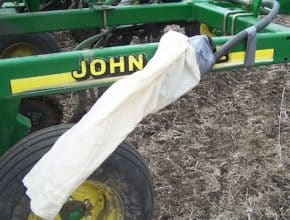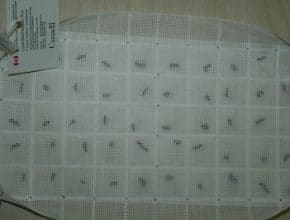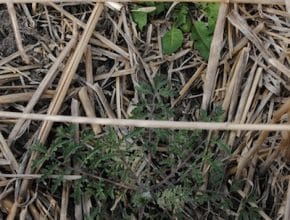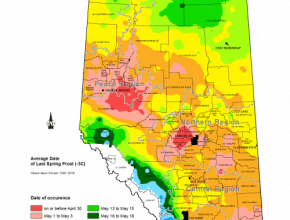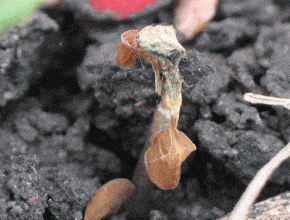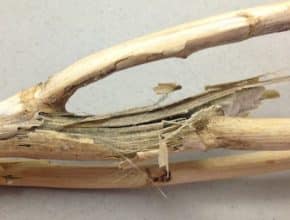Warm weather, sunny days and bare fields have growers itching to get #plant15 underway. While waiting, take time to get the seeding tool in top shape, prep the sprayer, and put the finishing touches on the rotation plan. The photo above shows a “sock test” on a drill opener. Have you ever wondered what canola seed looks like after it’s…
April 2, 2015 - Issue 5
-
-
-
-
-
Very early seeding increases the frost risk and may not provide a yield advantage over your regular early seeding date. Early seeding usually improves canola yield potential and quality, but these benefits depend on survival of a sufficient plant population — ideally 7 to 10 plants per square foot, and a minimum 4 to 5. An early-seeded crop that is…
-
-
A verticillium wilt committee, with representatives from the Canola Council of Canada, the CFIA, AAFC, provincial canola grower organizations, provincial government specialists and life-science organizations, will examine the disease risk in Western Canada and come up recommendations for management. Step one is to survey more fields this summer and autumn…
-
The best management option left is the four-year rotation. Discovery of different clubroot pathotypes in central Alberta will change the rotation plans for some growers. No current varieties have strong resistance to these pathotypes. If growers have used resistant canola two or three times already on fields that were infested with clubroot, these fields are at high risk for having…
-
…

